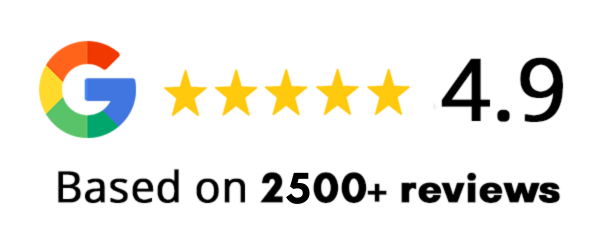Ophthalmology has made incredible strides over the years, and LASIK (Laser-Assisted in Situ Keratomileusis) is a ground-breaking technique that has skyrocketed in popularity. By providing better vision without the need for glasses or contact lenses, LASIK is a vision correction procedure that has changed the lives of millions of people. Like any medical operation, LASIK is not appropriate for everyone, and a patient’s age is a key factor in assessing if they are a good candidate.
In this post, we dig into the LASIK age criteria, considering the scientific foundation, potential dangers, and advantages of having the operation at various stages of life.
Knowing about LASIK surgery
Myopia, hyperopia, and astigmatism are some of the more prevalent visual issues that can be treated with LASIK, a refractive procedure. Using an excimer laser, the cornea—the transparent front surface of the eye—is reshaped throughout the treatment. Clearer vision is achieved by adjusting the cornea’s curvature so that light entering the eye is appropriately focused onto the retina.
LASIK and aging Eligibility
The age requirement for LASIK surgery is a complicated issue. The stability of a person’s vision is significantly influenced by age.
Before considering LASIK, the ideal applicant should have a steady prescription for at least a year. To guarantee that the patient’s eyes have finished growing and stabilizing, ophthalmologists typically advise delaying LASIK until a particular age.
Age requirement for LASIK
The minimum age requirement for LASIK, commonly set at 18, is a crucial consideration for anyone considering this revolutionary surgery for vision correction.
This age restriction maximizes the surgery’s efficacy and long-term advantages while minimizing potential hazards. It is based on the core ideas of ocular development and stability.
The years of puberty and adolescence are a dynamic time of growth and change for the eyes. The cornea’s shape, the eye’s transparent front surface, and the eye’s general anatomy are all still changing. As a result, until the eyes achieve a particular degree of maturity and stability, vision prescriptions may change and stay in flux.
The main objective of LASIK is to reshape the cornea to cure refractive defects such as astigmatism, nearsightedness, and farsightedness. The cornea’s refractive characteristics must have stabilized for this reshaping procedure to work. When LASIK is performed before this stability is reached, the results may not be as good since the targeted adjustments may not match changes in the cornea’s shape after the procedure.
Ophthalmologists try to guarantee that the patient’s eyes have experienced most of their developmental changes by maintaining the minimum age requirement of 18, hence minimizing the possibility of further alterations in vision prescription. Waiting until this pivotal moment increases the likelihood that LASIK will give clear and durable vision without needing glasses or contact lenses.
Meeting the minimum age criteria also enables medical practitioners to assess the patient’s stability and eye health accurately. The corneal thickness, pupil size, tear film quality, and any existing eye problems are thoroughly examined during this inspection. Such factors affect the LASIK procedure’s overall success and safety.
Age-related LASIK considerations
Although the minimal age is 18, it’s crucial to remember that only some are good candidates for LASIK as soon as they reach 18. Some people may continue to have slight variations in their prescriptions early in adulthood. As a result, it is advised to postpone thinking about LASIK until your mid-20s. By this point, most patients have more steady vision, increasing the likelihood that the surgery will produce long-lasting improvements.
Beyond the Mid-20s, LASIK
Although LASIK is frequently performed in the mid-20s, the treatment may be carried out far into adulthood. Although there are several factors to consider, LASIK can still benefit people in their 30s, 40s, and even beyond.
Presbyopia, a natural loss of near vision, starts to happen around the age of 40. Some people may still need reading glasses after having LASIK since the treatment does not correct presbyopia. Alternatives like monovision LASIK or mixed vision may be investigated in such circumstances.
Risks and Advantages
Like any surgical technique, LASIK has dangers and advantages of its own. Benefits include a decreased need for eyeglasses and contact lenses, improved quality of life, and increased vision.
However, before the procedure, a trained ophthalmologist must be consulted in detail about potential concerns, including regression, dry eyes, glare, halos, undercorrections, and overcorrections.
Conclusion
The age at which LASIK can be performed is a complex issue that relies on the person’s eye health, prescription stability, and personal preferences. While the minimum age is typically 18, it is frequently advised to wait until the mid-20s when the eyes have mostly stabilized for the best outcomes. For those in their 30s, 40s, and beyond, LASIK is still possible, but only if they are aware of the possible drawbacks and consequences of the treatment.
It is crucial to get advice from a skilled ophthalmologist who can evaluate the particular traits of a patient’s eyes to determine the best age for LASIK and guarantee a positive outcome.













